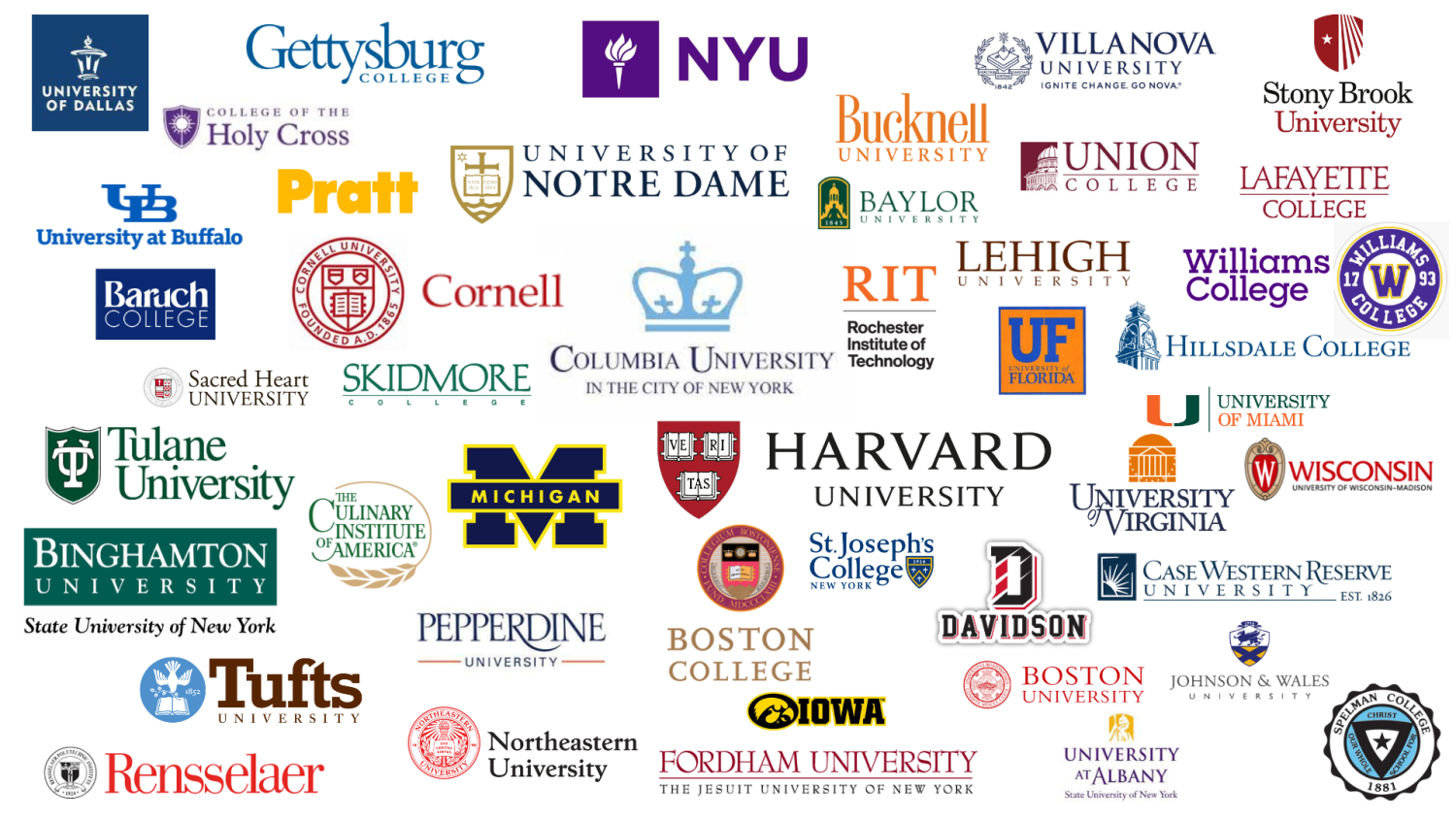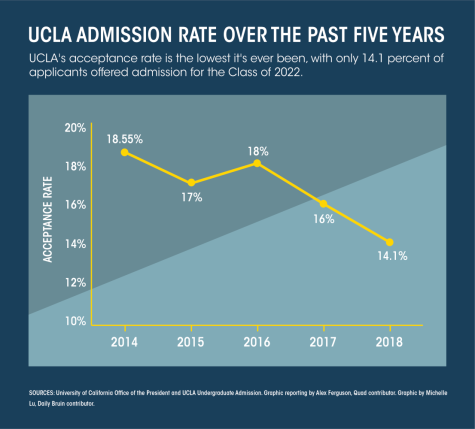
Carly Altman | Head Editor
May 23, 2025
With the Class of 2025’s high school career coming to a close in the next few weeks, now is the time to reflect back on what senior year has encompassed. Between countless celebrations and bittersweet final moments, this year has been nothing short of a whirlwind. However, this year has also featured a particularly challenging college admissions season. Between rising applications, shrinking acceptance rates, and shifting policies, this year’s high school seniors have braved the complex, changing landscape of college admissions. Looking forward to next year, here is everything the Class of 2026 should take into account from this year’s admissions season.
The number of applications continues to grow and competition climbs
With a substantial increase in first-year applications, particularly through the Common App, the college admissions pool has become more competitive than ever. With more universities opting to admit students through the Common App, it has become more accessible than ever for students to apply. With a spike in applications and an incomparably competitive admissions pool, there has been a particularly high number of waitlists and rejections in this year’s admissions cycle. “This year’s college admissions season was definitely challenging,” explained senior Madelyn Mitchell. “I know several seniors who were declined from universities they were highly confident about being admitted to. It is important to remember that admissions are unpredictable and to not let rejections define who you are.”

With competition increasing, many students apply to a large number of universities in order to maximize their chances of admission. With top students applying to 10+ different institutions, there has been a notable hike in the number of applications and a consequential decrease in acceptance rates across the country.
Early application options skyrocket in popularity
This year, there has been a profound increase in students opting to apply during Early Action and Early Decision rounds. For particularly competitive institutions, such as the Ivy Leagues and other T-20 universities, more and more students are choosing to apply during the Early Decision rounds (ED1 and ED2). Since Early Decision applicants are required to attend if admitted, many universities offer significantly higher acceptance rates for this round of admissions. In order to combat shrinking acceptance rates, many students are opting to apply during this round to maximize their chances at admission to top universities. Further, with an increase in other early application programs, such as Early Action, there has been an increase in deferrals to the regular round.
The shifting role of standardized testing
Following the COVID-19 pandemic, many higher education institutions chose to make standardized test scores, such as the SAT or ACT, optional for submission. However, beginning this year, several competitive universities have begun to reinstate the requirement for standardized testing scores as a part of the college admissions process. “There has definitely been an increase in universities requiring SAT and ACT scores,” explained senior Hannah Ellinger. “While most schools in California are test-blind, many out-of-state universities, both public and private, are reinstating test scores for application.”
Moving forward, several other top universities, such as Stanford and Cornell University, have decided to require test scores for the 2025-2026 application season. As such, the Class of 2026 should research testing policies at universities of interest and plan accordingly.
Selectivity of impacted majors
As certain majors continue to gain popularity, such as business, engineering, biology, and nursing, they often become deemed as “impacted” and have excessively high levels of demand. As many universities admit by major, these popular majors are continuing to see lower and lower acceptance rates. It is vital to look into the acceptance rates for specific majors and programs, as they often differ from the overall university acceptance rate. Impacted programs often require additional applications, such as supplemental essays or other materials. As certain majors continue to increase in popularity, it is crucial for the Class of 2026 to research pathways to their intended field of study.
Overall, the college admissions process continues to evolve and change, growing increasingly competitive as students do more than ever to gain admission. On behalf of the 2025 graduating class, I wish the Class of 2026 the best of luck with their college admissions cycle next year! Remember to work hard, stay resilient, and put your best foot forward. The road to success may be long and complex, but it is exceptionally exciting, fulfilling, and rewarding.

Leave a Reply